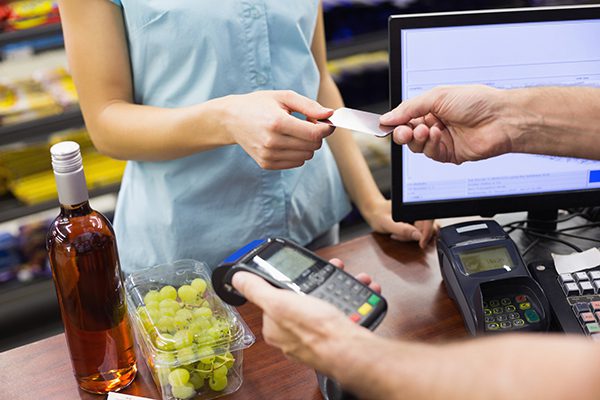I sit through many focus groups and consumer research sessions and when we ask consumers how they manage their financial lives, they all use some form of the phrase, “I have a system.” For each person, that “system” is a unique combination of online and offline tools that they leverage to meet their needs. Some use envelopes to divide up their monthly income into expense categories, some use spreadsheets or online budgeting tools, many have multiple accounts with banks or prepaid cards for designated spending categories. Many use P2P services to facilitate joint payment of bills. Almost all want to hide their savings from themselves. It is rare to find a consumer who handles all of their financial needs through one product or one financial institution.
What does this mean for financial services providers?
Consumers are building their own systems
Consumers no longer go to one financial service provider to get all of the products they need. They are using traditional bank accounts, P2P services like Venmo and PayPal, prepaid cards for online shopping, and credit cards to earn rewards and miles. To win in an increasingly consumer-driven world, financial service providers need to make sure their products integrate well with other products. Consumers are deciding which features they need in their system. Companies will need to continue to invest heavily in product-rich features and find new ways to attract new customers who are looking for more advanced and integrated payment features.
According to the TSYS 2017 Consumer Payments Study, 64% of consumers age 25-34 are likely to use P2P in the next year.
Consumers are compartmentalizing income and expenses
We’ve all heard of the “envelope method.” The cash for a budgeted activity goes into a certain envelope only to be spent on expenses in that category. When the cash in the entertainment envelope is out, no more entertainment that month. In an increasingly digital world, the compartmentalization that used to happen in envelopes is happening with various accounts and prepaid cards. A consumer may have a checking account and opt to receive his or her tax refund on a prepaid card to keep that money separate from their main income.
More and more millennials are using multiple financial products to manage their financial lives, including prepaid cards, standalone or embedded P2P services, loyalty and rewards apps and even traditional banking products. In fact, according to a 2015 report from the Federal Reserve Bank of Philadelphia, 3 out of 5 millennials earning more than $100,000 or more report owning a prepaid card
Rewards are attractive
In a noisy world where consumers craft their own systems and compartmentalize their spending, how do you capture their attention? Rewards and loyalty programs are key. In the TSYS 2017 Consumer Payment Study, 68% of consumers rated rewards as one of the most attractive features on their preferred card. Due to the popularity of rewards programs, there are a growing number of influencers who review rewards programs. These influencers are often referred to as mileage and reward enthusiasts, and these enthusiasts search for the card programs that yield the best rewards based on dollars-to-points ratios. Consumers who are looking for new rewards programs that fit their needs often seek the advice of rewards influencers before applying for their next reward product. Given the rising cost of travel and hotels, rewards programs can help consumers avoid paying the full rate for a flight or a hotel room during their next vacation and can receive cash back on large purchases.
Speed is essential
In today’s world where a consumer can order groceries online and have them delivered in hours, consumers will not wait several days for a payment to reach a biller or a deposit to be available on their account. By utilizing a digital tool like P2P, payments can be made in real time, preventing the need for a paper check, or going to a bank to make a deposit. In the ever-growing gig economy, being able to receive a payment in real-time is a game changer for the financial health of their business. Faster payments and instant rewards will be table stakes for financial service providers.
Consumers are going to continue to search for easy-to-use tools that meet their daily financial needs and that allow them to make payments faster. Ultimately, every institution in the payments ecosystem, from P2P services to prepaid providers to traditional brick and mortar institutions, must continue to listen to consumers and invest heavily in solutions that make paying and managing an individual’s finances easier.
